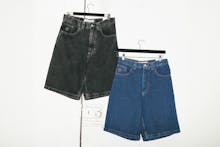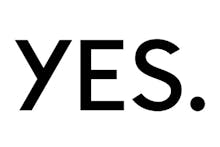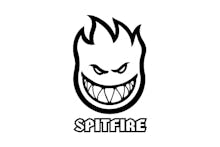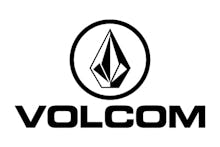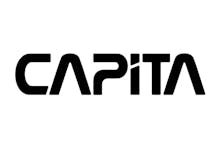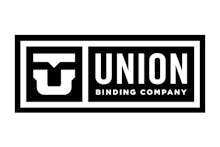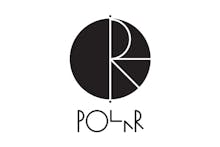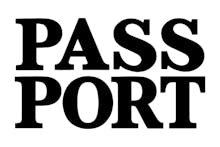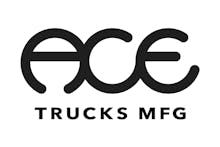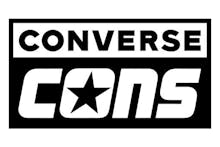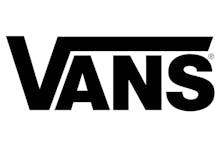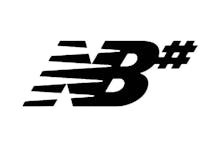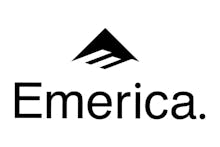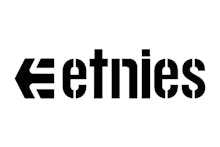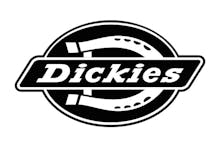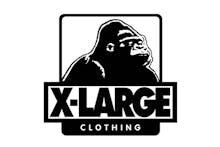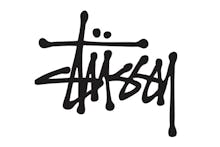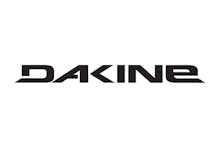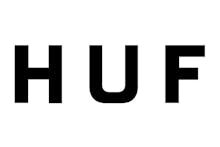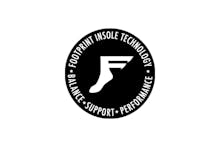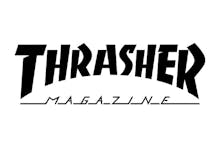YES. Snowboards: Shape Technologies
YES. continues to push the boundaries of snowboard shaping. Their innovative approach to design has seen a number of unique shapes and profiles introduced into their impressive line of snowboards. The 2020 range once again builds upon a foundation of shapes designed purely to make snowboards ride better.
UnderBite
MidBite
MidBite + Directional Volume Twin
Asym Twin + Asym MidBite
Tapered UnderBite
3D PowderHull
UNDERBITE
 UnderBite edges re-distribute a rider’s weight in such a way that it enhances turning ease and edge hold. Pulling short sections of the sidecut inward at the binding area by a couple of millimetres disrupts and reduces the surface area of the edge that has contact with snow while the board is turning. This increases the edge pressure by distributing your weight/energy in the areas where you need it - from the binding out and through the centre of the board where the carving arc is taking place. This segmentation of the sidecut into 3 key zones focuses your body weight onto areas that initiate, hold and release turns.
UnderBite edges re-distribute a rider’s weight in such a way that it enhances turning ease and edge hold. Pulling short sections of the sidecut inward at the binding area by a couple of millimetres disrupts and reduces the surface area of the edge that has contact with snow while the board is turning. This increases the edge pressure by distributing your weight/energy in the areas where you need it - from the binding out and through the centre of the board where the carving arc is taking place. This segmentation of the sidecut into 3 key zones focuses your body weight onto areas that initiate, hold and release turns.
- Better turn initiation.
- Better edge hold.
- More drive out of turns.
Midbite
 MidBite blends the response of a narrow waist width with the stability of wider nose and tail. The design steps a single, longer section (longer than Underbite) of each sidewall inward between the insert packs. This single long disruption of the sidecut between the bindings cheats the waist width narrower, providing quicker edge-to-edge response. Meanwhile, from your bindings out to the end of the sidecut we maintain a wider board width that improves float in pow and is a stable platform for popping, spinning, and landing on any snow type.
MidBite blends the response of a narrow waist width with the stability of wider nose and tail. The design steps a single, longer section (longer than Underbite) of each sidewall inward between the insert packs. This single long disruption of the sidecut between the bindings cheats the waist width narrower, providing quicker edge-to-edge response. Meanwhile, from your bindings out to the end of the sidecut we maintain a wider board width that improves float in pow and is a stable platform for popping, spinning, and landing on any snow type.
- Nose and tail are wide, stable platforms.
- Narrow waist creates fast edge-to-edge-response.
- Disrupted edge increases hold on hardpack and ice.
midbite + directional volume twin
 Taking MidBite a step further, YES. introduced an innovative shaping technology referred to as Directional Volume Twin. As freeride and freestyle continue to merge, YES. listened to the requests of their team riders who were committed to riding true twins but wanted more float in powder. Nose and tail volume is hard to notice on hardpack, however, it affects floatation in powder and you can feel it. This led to the simple idea of the Directional Volume Twin which essentially offsets the nose and tail volumes (not nose and tail lengths) to increase float. Directional Volume Twin snowboards have a symmetrical flex, centred stance, and a true twin shape — just with more float when you need it.
Taking MidBite a step further, YES. introduced an innovative shaping technology referred to as Directional Volume Twin. As freeride and freestyle continue to merge, YES. listened to the requests of their team riders who were committed to riding true twins but wanted more float in powder. Nose and tail volume is hard to notice on hardpack, however, it affects floatation in powder and you can feel it. This led to the simple idea of the Directional Volume Twin which essentially offsets the nose and tail volumes (not nose and tail lengths) to increase float. Directional Volume Twin snowboards have a symmetrical flex, centred stance, and a true twin shape — just with more float when you need it.
- True twin shape.
- Increased float in powder.
Asym TWIN + ASYM MidBite
 Designed specifically for the Greats UnInc, the unique combination of an asymmetrical twin shape with asymmetrical MidBite delivers a perfectly balanced ride. The Asym Twin shape utilises a tighter heelside radius, delivering a controlled, aggressive, and precise heelside carve. Asymmetrical MidBite further increases edge hold and gives a more solid platform at the nose and tail — without compromising edge-to-edge responsiveness. The end result is a true twin which performs identically in both directions whilst correcting the asymmetrical imbalances in our anatomical shape.
Designed specifically for the Greats UnInc, the unique combination of an asymmetrical twin shape with asymmetrical MidBite delivers a perfectly balanced ride. The Asym Twin shape utilises a tighter heelside radius, delivering a controlled, aggressive, and precise heelside carve. Asymmetrical MidBite further increases edge hold and gives a more solid platform at the nose and tail — without compromising edge-to-edge responsiveness. The end result is a true twin which performs identically in both directions whilst correcting the asymmetrical imbalances in our anatomical shape.
- True twin shape.
- Corrects anatomical imbalances.
- Superior carving performance.
Tapered underbite
Tapered UnderBite delivers the directional drive and float of a tapered board without compromising edge hold or the ability to power out of turns. Each side the board’s effective edge is segmented into 3 distinct parts. Beginning at the nose, the sidecut is approximately 8 metres in radius. At the front binding area, the edge steps inward by 2mm and the sidecut changes to approximately 7 metres and continues with that radius until the rear insert pack. Then, the edge steps in again 2mm and the sidecut tightens to approximately 6 metres. Traditional tapered boards take the full sidecut and pull the tail inward, which is away from the arc of your turn; this is why they tend to wash out under hard carving. The Tapered UnderBite corrects this by keeping the sidecut parallel to its corresponding one on the other side of the board, and increasing the sidecut depth as you move towards the tail creating a corrective “hook” to the taper. The board blends into turns effortlessly, has the directional drive and float you’d expect from a tapered board, but holds an edge and rockets out of turns like nothing else.
- Sidecut is not pinched at the tail.
- Taper is created in steps, keeping the sidecut engaged with the snow.
- Narrower tail drops in deep snow for increased float in powder.
3D POWDERHULL
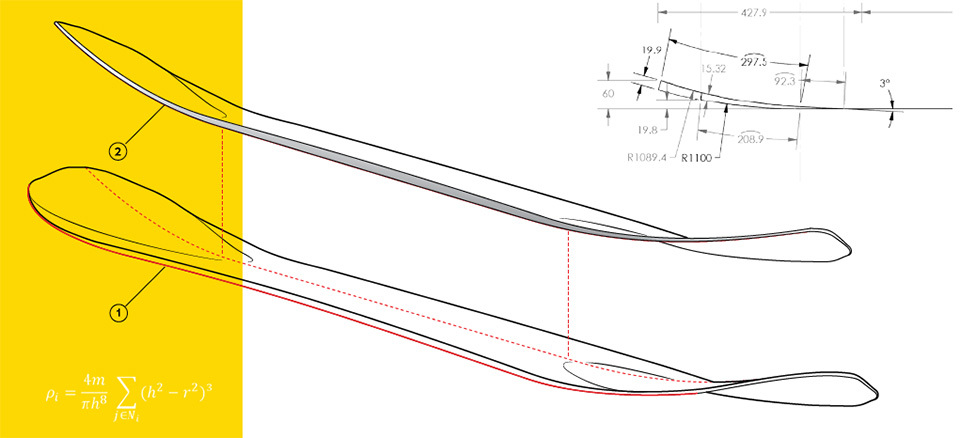
The 3D PowderHull starts with a base profile combining two distinct rocker lines that when blended together create a pronounced base concave in the nose and tail. From just outside each binding area to the tip and tail, the centreline of the board is completely rockered. The amount of rocker along the edges is significantly reduced, resulting in a concave "hull" at the nose and tail. The resulting concave across the nose and tail acts differently at the leading end of the board than it does at the trailing end when riding in deep snow. At the leading end (nose), the concave draws air under the board – just as a concave spoon-nose does on longboards in the surf – causing lift and floatation. As the snow moves across the base, it releases off the tail and the exaggerated rocker line along the centre, causing the tail to drop downward.
* The 420 PowderHull utilises a directional version of the PowderHull.
* The 20/20 PowderHull utilises a twin version of the PowderHull (as seen in the above diagrams).
- Uses hydrodynamics to create lift (float in powder).
- Deep concave in the nose draws air under the board causing lift.
- Deep concave in the tail releases snow quickly causing the tail to drop.
- The concave is not engaged on hardpack giving a normal, predictable ride.


